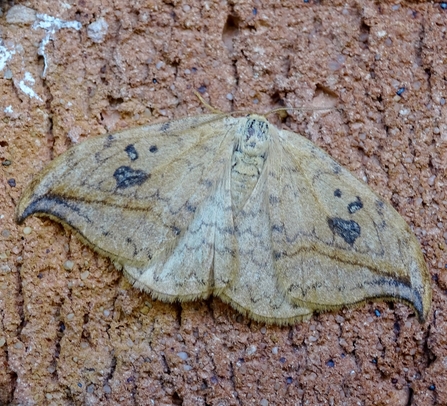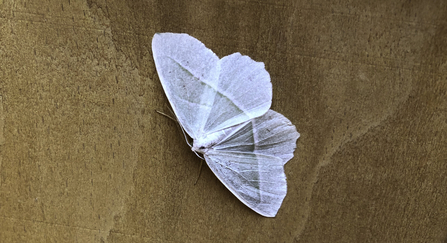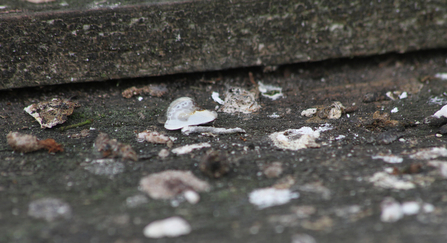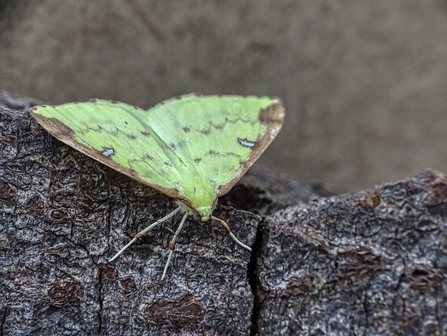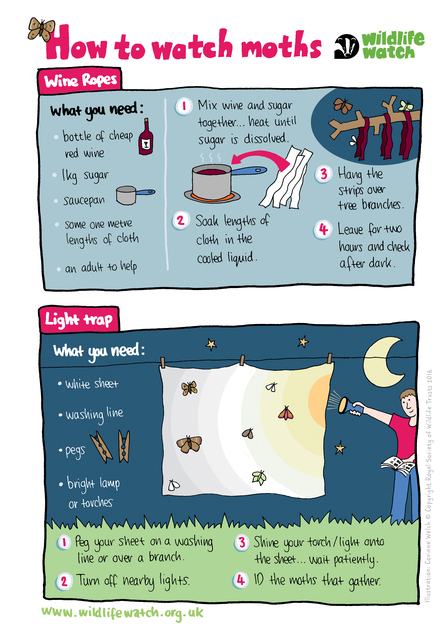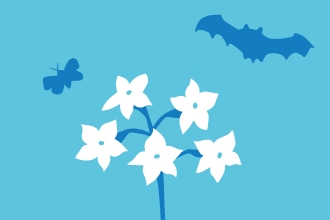What is moth trapping?
Put simply it involves attracting moths to a light source, or food source, so you can take a closer look at them, or if you’re a serious moth-er, record the species. Despite the use of the word ‘trap’ it’s completely humane and doesn’t harm the moths in anyway if you take care and be sure not to touch their delicate wings.
Why trap?
While day flying moths can be a dazzling array of colours and markings, it’s worth making the effort to find out what’s flying after dark. Moth trapping allows you to do just that, and it’s easy to become absorbed in the minute details of each one you find. From stunning bright canary-yellow, ghostly white or luminous green to the more understated grey/brown moths, there are so many. It’s a really fun and exciting activity to see how many show up, a bit like opening a surprise gift! You don’t have to worry about identifying them if you just want to have a closer look, you can just do this. However, you could also have a go at identifying them... You might find it’s easier than you realise. The advancement of technology and AI can give us species suggestions within seconds, you just need a smart phone or camera capable of taking clear, in focus photos to be able to get an accurate identification.
It’s a whole other world and a fun way to discover nature on your doorstep! It’s a great activity for the whole family – I guarantee any young nature-lovers will be fascinated by the beautiful moths living right outside their house.
What you might see
The moths you might see will vary according to where in Staffordshire you live, and what the surrounding habitat is like. For example, if you live near woodlands you might see different moths to someone who lives next to a grassland. However, certain moths are really common right across the county and may well visit your trap. Here are some of the most common moths flying in Staffordshire during August. If you're trapping at another time of year, or want to find out what else could be flying where you are tonight, there's a handy website that can tell you! Just head to https://connect-apps.ceh.ac.uk/whats_flying_tonight/ Please note you will need to enable location access and this is an external website not connected to SWT.


